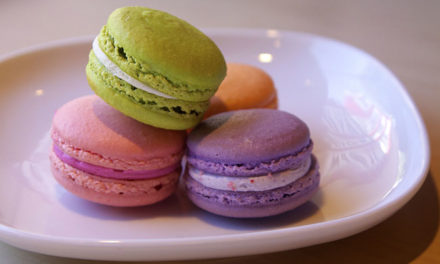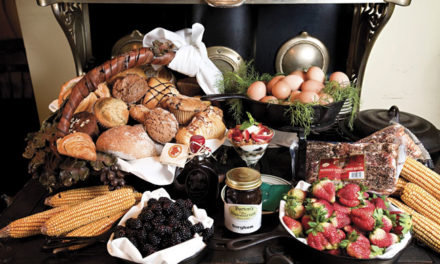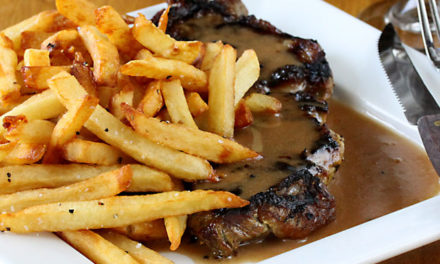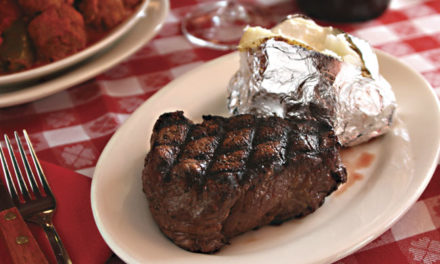
In the cold of winter we go to our favorite heavy-bodied red and white wines; but come summer nothing beats the heat better than a refreshingly cool glass of rosé.
Rosé is a wine made to be consumed in its youth. Age is its enemy and saps its vigor, so look for bottles only a year or two old. It’s inexpensive, making it an informal, everyday wine, though I don’t have a problem pairing a rosé with a formal dinner of fish, poultry, or pork. But heavy sauces will overwhelm it, so pair rosé with simple dishes that balance its delicate flavor.
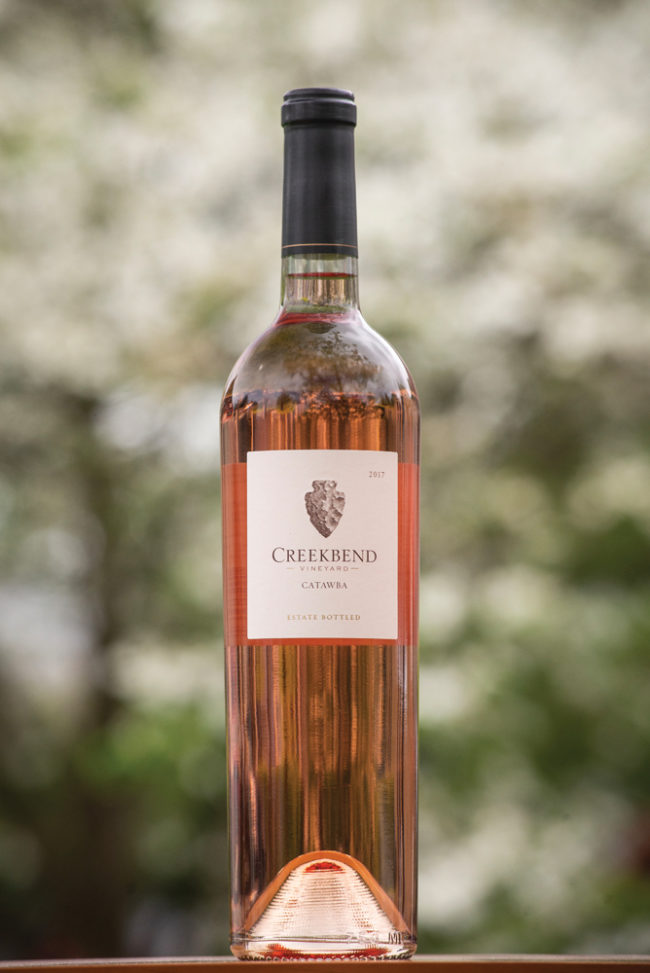
A warning with all rosés is to serve it cool. You want it to be warmer than the fridge and cooler than the surroundings—about 55°F to 60°F. Served too cool and the flavors won’t develop in the glass, too warm and the flavor will disappear.
The ultimate color and delicacy of a rosé is up to the winemaker. Red-skinned grapes are crushed and fermented, but the skins are left in contact with the developing wine for a short period. The longer the skins stay in contact, the more the wine becomes stained with reddish or coppery hues and infused with the character of the parent grape. Obviously, if left in for a long period, the wine becomes red.
Rosé is variously described as citrusy sharp with flavors of lemon or grapefruit, as a pure berry flavor of strawberry or raspberry, or by saline and mineral overtones. Flavor is ultimately up to the taster, so my advice is to try several styles until you find one you enjoy.
I tend to prefer the light bodied rosés. One of my favorites is Château d’Esclans Whispering Angel 2017 ($14 for 375 ml bottle, Feast Market and Cellar) from Provence, France, made from grenache, rolle (vermentino), and cinsault grapes in a bone dry, pale, and delicate style with light citrus and floral flavors.
But when my taste changes, as it often does, I can switch to a heavier style. Domaine Dyckerhoff Reuilly Petit Gris Rosé 2017 ($19.99, Rig Red Liquors), made from 100 percent pinot gris in France’s Loire Valley, is medium bodied, dry but not bone- dry, with coppery coloring and flavors of red fruits and minerals.
Unlike those of a few decades ago, most rosés are now dry, but a few are still sweet. Oliver Winery’s Creekbend Catawba 2017 ($14.50, Oliver Winery) is a blush-pink, semi-sweet wine made from Catawba grapes grown right here in southern Indiana.
As the heat comes on, enjoy! We can all drink to that.


